1. Roof Deterioration
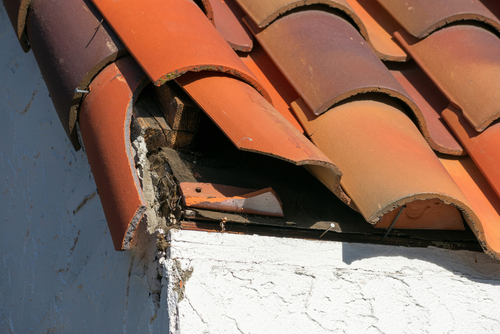
Inspectors always head outside to check the roof condition—it’s a home’s first line of defense. Missing shingles, sagging areas, or curling edges signal age or poor maintenance. If the roof looks patched in multiple spots, it might mean ongoing leak issues. Even small gaps can allow water to seep in and cause rot or mold in the attic.
They’ll also check flashing around chimneys and vents, since that’s where leaks often start. A deteriorating roof doesn’t just mean future costs—it can affect insurance and energy efficiency too. Inspectors usually estimate how much life the roof has left. It’s a top reason deals fall through if the damage is severe.
2. Cracks in the Foundation
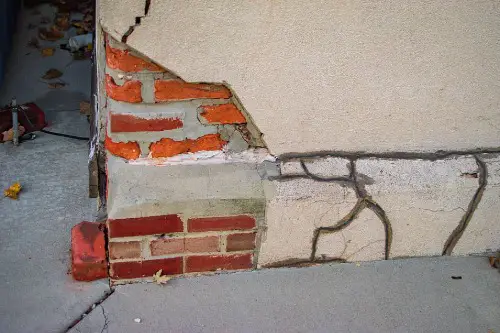
When an inspector spots cracks in the foundation, it’s one of the biggest red flags there is. Small hairline cracks might be normal, but wide, horizontal, or stair-step cracks can signal serious structural movement. These can indicate shifting soil, water damage, or improper settling—issues that can get expensive fast. Inspectors know that a compromised foundation often means more hidden problems elsewhere in the house.
Foundation damage can also mess with doors and windows, making them stick or misalign. If the inspector notices uneven floors or cracks around window frames, it often ties back to foundation settling. Repairs can cost thousands, so it’s a major consideration in any inspection report. That’s why this is usually one of the first things they check outside and inside.
3. Water Stains on Ceilings or Walls
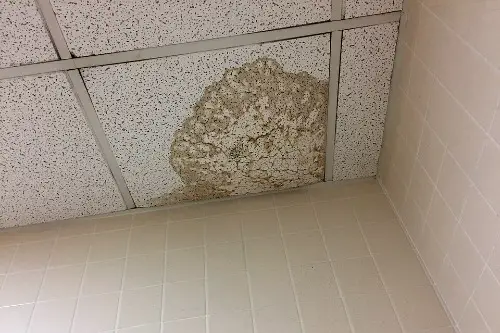
Water stains aren’t just cosmetic; they tell a story about leaks and moisture issues. Inspectors immediately suspect roof leaks, plumbing problems, or poor ventilation when they see them. Even if the stain looks old, it can mean the underlying problem wasn’t fully fixed. And if it’s soft to the touch, that could point to ongoing water damage.
Persistent moisture leads to mold growth, which is a health hazard and can be costly to remediate. Inspectors often use moisture meters to confirm whether an area is still wet. They’ll also check nearby rooflines, attics, or bathrooms for the source. A few stains can quickly unravel a much bigger problem hiding behind the paint.
4. Mold or Musty Odors
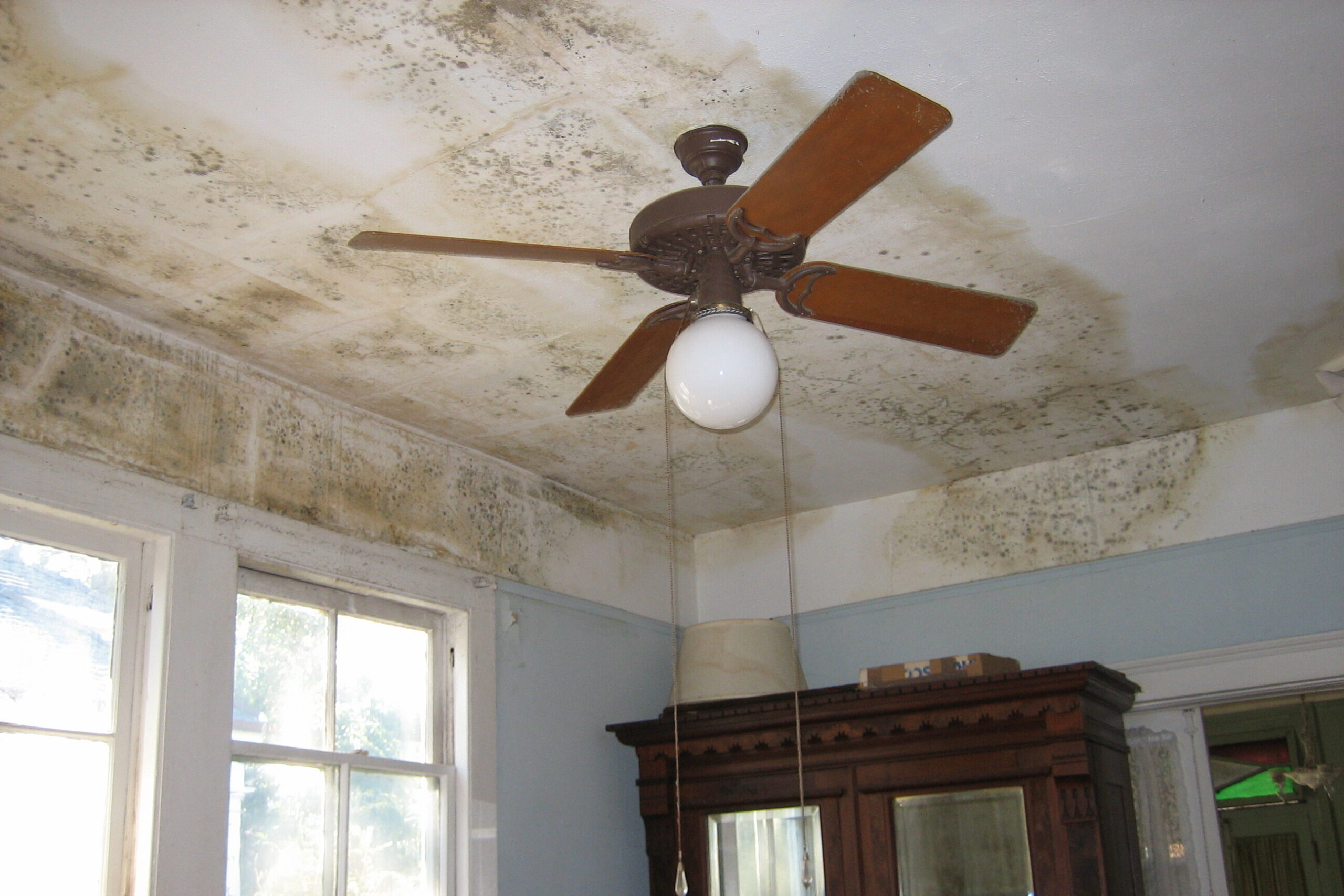
If an inspector catches a whiff of that musty, earthy smell, they know there’s likely mold or mildew nearby. Mold thrives in damp, poorly ventilated areas like basements, bathrooms, or around leaky pipes. Sometimes it’s visible on walls or trim, but often it’s hiding inside walls or under flooring. It’s a clue that there’s a moisture issue that hasn’t been addressed.
Mold isn’t just an aesthetic problem—it can trigger allergies and respiratory issues. Inspectors might recommend further testing to determine the type and extent. They’ll also check for conditions that caused it, like poor drainage or a lack of vapor barriers. It’s one of those issues that signals both a current and a future problem if left untreated.
5. Sagging or Uneven Floors
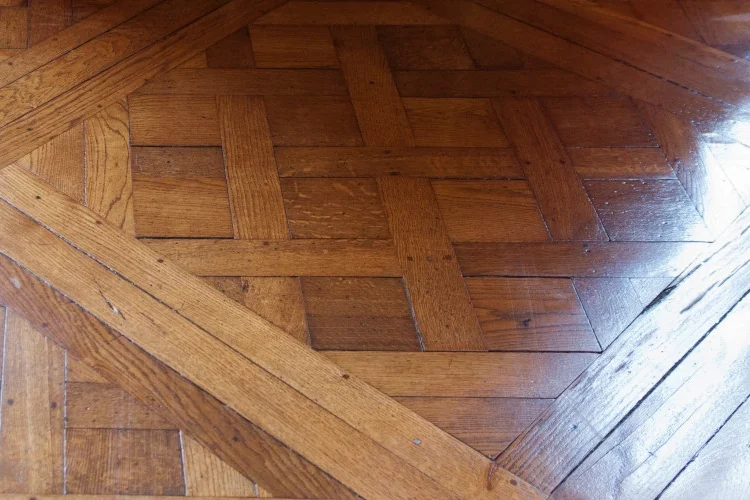
When floors sag or feel bouncy, inspectors immediately think about structural integrity. It might be caused by rotted joists, termite damage, or even poor construction. In older homes, it could just be settling, but inspectors still have to rule out bigger issues. They may use a level or laser to see how far things have shifted.
Uneven floors can also be a symptom of foundation movement or water damage under the subfloor. If the problem’s structural, repairs can get extensive and expensive. Inspectors take note because it can affect everything from walls to plumbing alignment. It’s one of those “small symptom, big consequence” warning signs.
6. Electrical Issues or Outdated Wiring
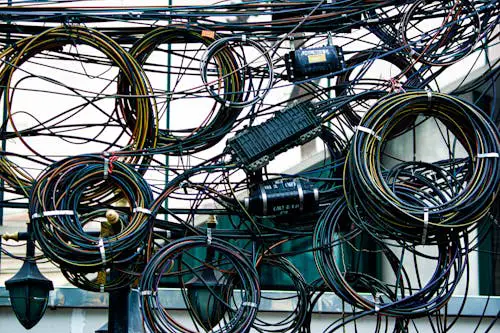
Exposed wires, flickering lights, or an outdated fuse box will always get an inspector’s attention. Electrical systems that don’t meet current code can be fire hazards. In older homes, aluminum wiring or knob-and-tube setups are common red flags. These systems might have been fine decades ago but can’t safely handle modern loads.
Inspectors often check outlets for proper grounding and look for GFCIs in kitchens and bathrooms. Missing these is a sign of outdated or unsafe wiring. They might also test for overloaded circuits or improper DIY fixes. Electrical issues are one of the most serious—and expensive—things to repair after an inspection.
7. Plumbing Leaks or Corroded Pipes
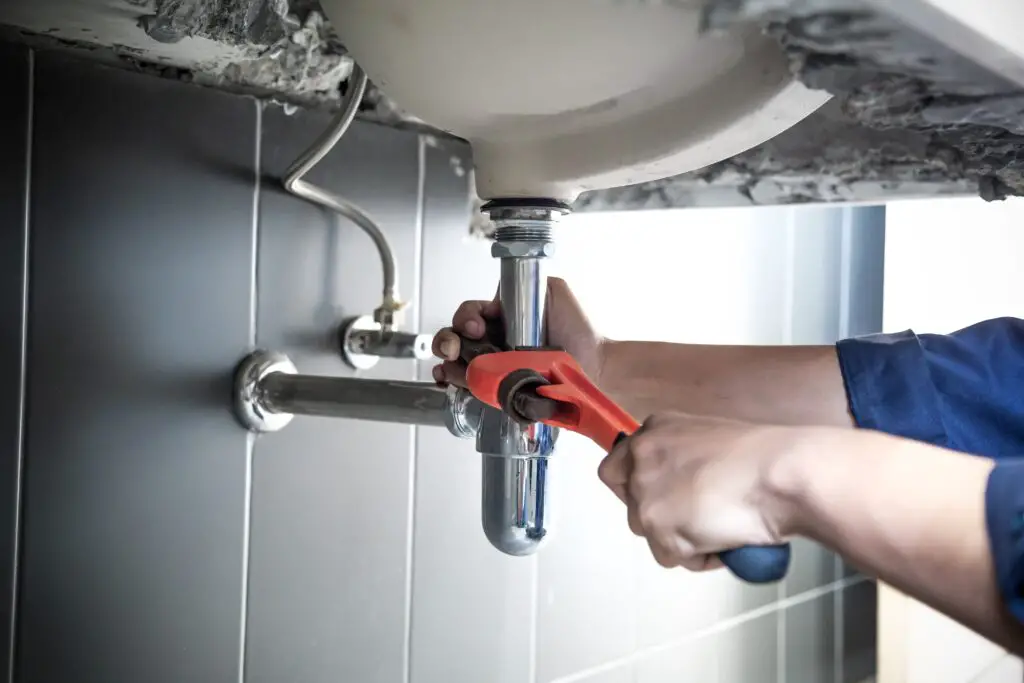
Water under sinks or around fixtures immediately raises eyebrows during an inspection. Even minor leaks can cause mold, rot, or damage to cabinetry over time. Corroded or outdated pipes—like galvanized steel—are also a concern because they can burst or restrict water flow. Inspectors know plumbing issues often hide until they cause visible damage.
They’ll run taps, flush toilets, and check water pressure to catch any issues. If pipes are discolored or connections look patched, that signals previous leaks. Inspectors also look for water heater corrosion, which can mean it’s nearing the end of its life. Water problems have a way of compounding, so this area gets careful scrutiny.
8. Poor Drainage Around the Home
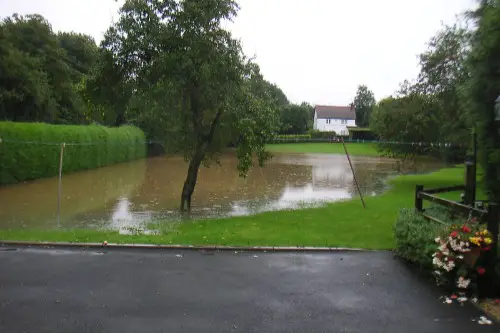
If water pools near the foundation, inspectors know there’s a drainage problem. Over time, that water can seep into basements or crawl spaces and cause structural damage. Poor grading or missing gutters are usually to blame. It’s one of those subtle issues that homeowners don’t notice until it’s too late.
Inspectors look for soil sloping toward the home or downspouts that end too close to the foundation. They might also spot signs like efflorescence (white residue) on basement walls. Improving drainage can be simple, but ignoring it can cause thousands in repairs. It’s a telltale sign of potential long-term water intrusion.
9. Termite or Pest Damage
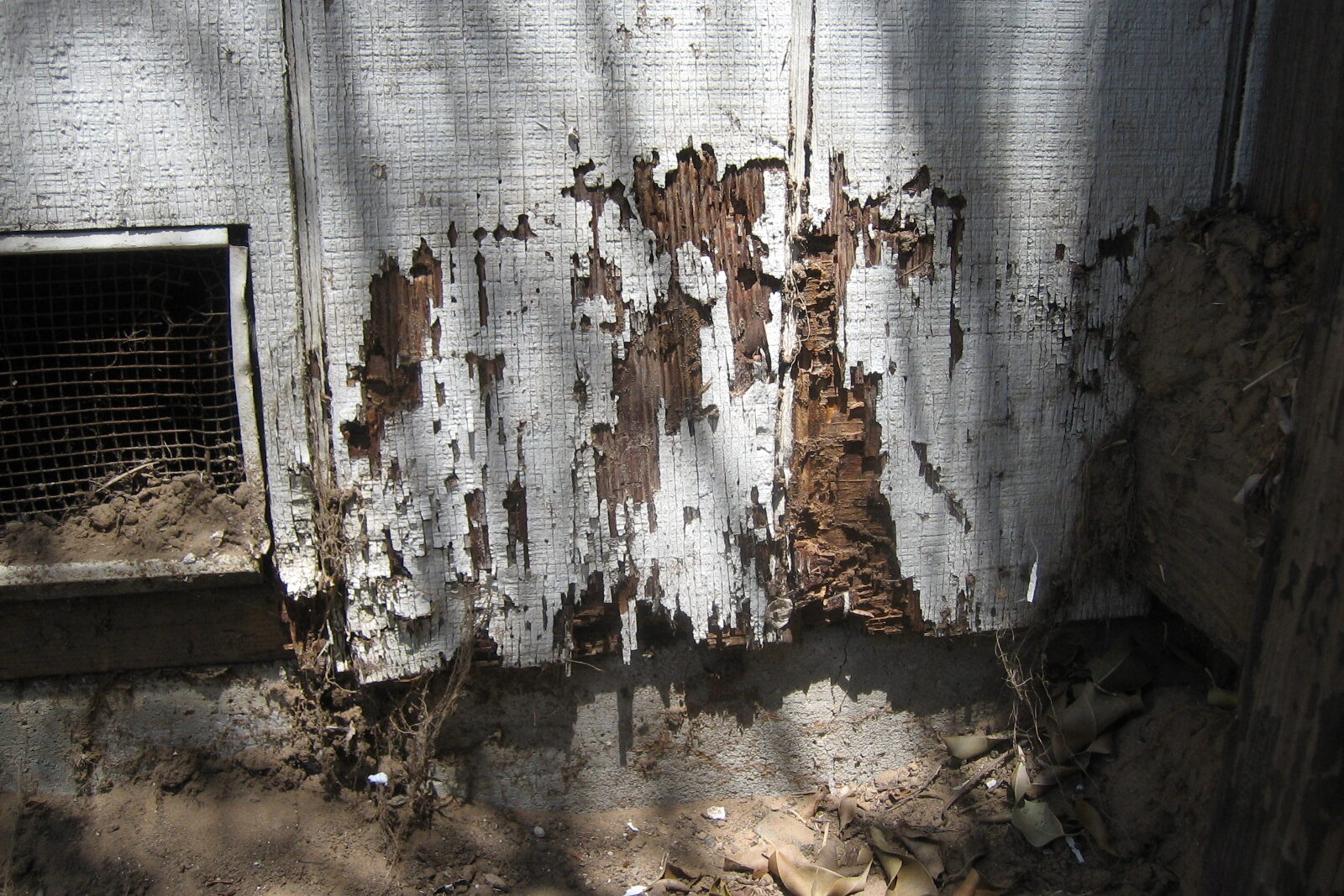
Wood that looks hollow, blistered, or crumbly instantly alerts an inspector to possible termite damage. Termites can chew through wood framing undetected for years. Sometimes the only sign is a bit of mud tubing along walls or foundation lines. Left unchecked, they can weaken structural beams and supports.
Inspectors also look for signs of rodents or carpenter ants, which can cause similar damage. They might recommend a pest inspection if evidence is found. Pest damage is more than cosmetic—it can impact safety and resale value. Once identified, it always warrants further professional evaluation.
10. Peeling Paint or Rotting Wood
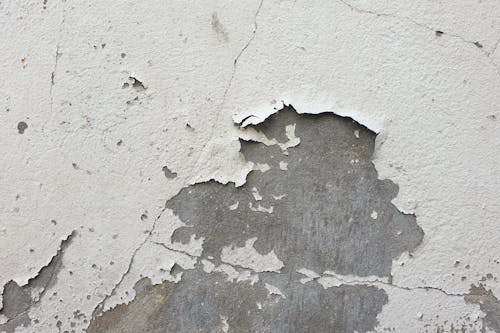
Peeling paint, especially on exterior trim or windowsills, is a signal that moisture is sneaking in. It’s often one of the first visible signs of wood rot beneath the surface. Inspectors know that where paint is failing, water usually follows. Left untreated, this can compromise the structural integrity of wood components.
They’ll usually probe the area with a screwdriver to check for softness or decay. If the wood crumbles easily, that’s confirmation of rot. This can happen anywhere from window frames to deck boards. It’s a clear indicator of poor maintenance or water control issues.
11. Unusual Roof or Attic Insulation
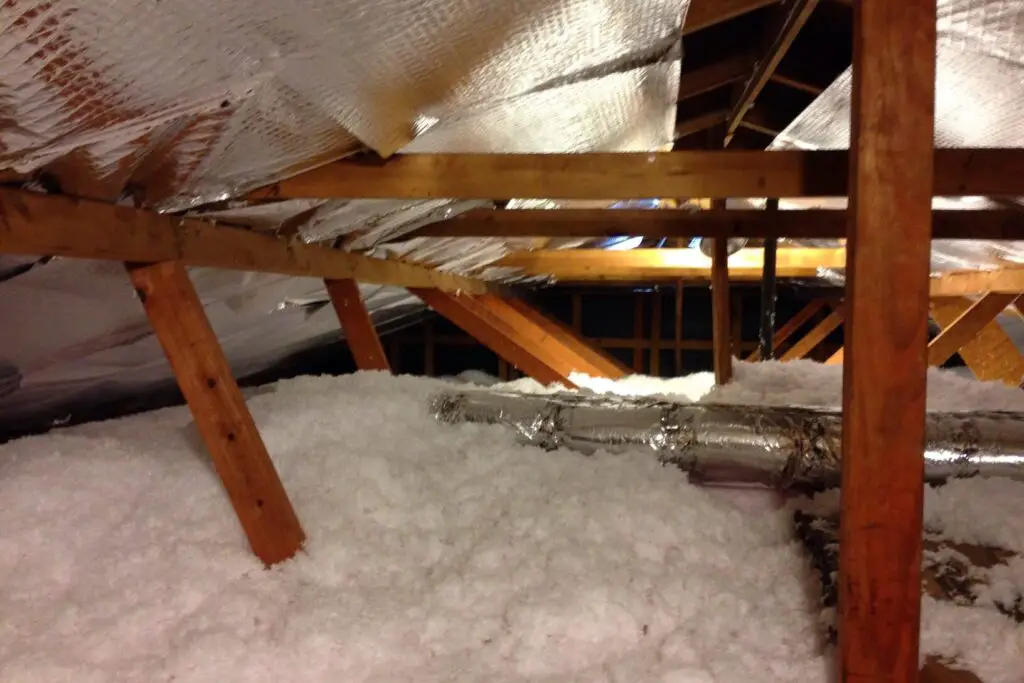
Inconsistent insulation levels in the attic can reveal hidden problems. Inspectors look for gaps, compressed insulation, or signs of rodents nesting. Poor insulation can cause high energy bills and uneven temperatures throughout the house. But more importantly, it can point to ventilation or moisture problems.
If they see dark spots on insulation, that could mean past roof leaks. Wet insulation loses effectiveness and can trap mold. Inspectors also check for proper airflow from soffit to ridge vents. This small detail often signals whether a homeowner has kept up with proper attic care.
12. Windows That Don’t Open or Close Properly
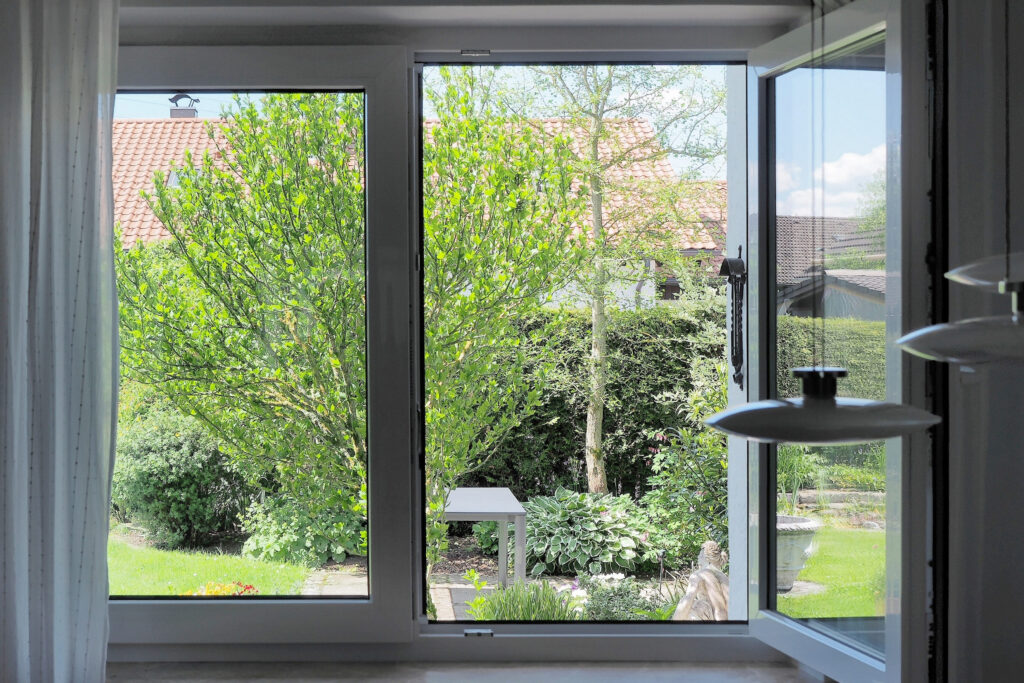
When windows stick or won’t stay open, inspectors take note—it’s often a sign of more than just old hardware. Settling foundations or excessive humidity can warp frames. They might also be poorly installed, allowing drafts or leaks. It’s a small issue that can point to bigger structural or maintenance lapses.
Inspectors check whether windows lock properly and have intact weather stripping. If condensation is trapped between panes, that means a broken seal. That not only affects energy efficiency but can also indicate moisture problems in the walls. Sticky windows may seem minor, but to inspectors, they’re clues to investigate further.
13. HVAC Issues or Dirty Filters
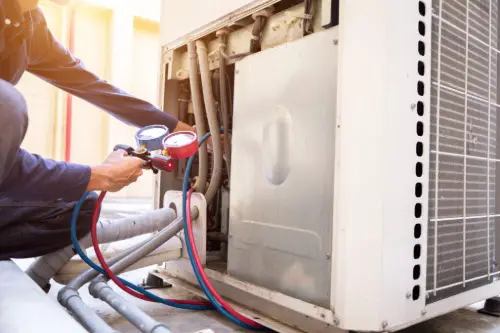
A neglected HVAC system is one of the clearest signs of poor home maintenance. Inspectors pay attention to filters, ductwork, and how well the system responds. A dirty filter can restrict airflow, strain the system, and lower efficiency. It might also suggest that other parts of the home haven’t been cared for.
They’ll also check the age of the unit and listen for unusual noises. Older or poorly maintained systems can hide problems like refrigerant leaks or failing compressors. Inconsistent heating or cooling can point to duct issues or poor insulation. It’s both a comfort and safety concern that buyers take seriously.
14. DIY or Unpermitted Renovations
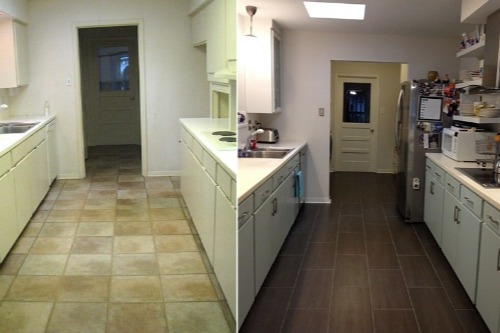
Inspectors can spot amateur work from a mile away—crooked tile, mismatched wiring, or unusual plumbing routes. Unpermitted renovations are a huge red flag because they may not meet building codes. Even if the space looks good, hidden mistakes can cause future safety or insurance problems. Inspectors often cross-check visible work with what’s listed on permits.
They’ll also note if load-bearing walls seem altered or electrical work looks improvised. DIY shortcuts can lead to expensive corrections after closing. It’s not that inspectors dislike homeowner projects—they just need to ensure safety and compliance. A home full of questionable “updates” tells them to look closer everywhere else.
This post 14 Home Features That Instantly Tell Inspectors There’s a Problem was first published on Greenhouse Black.
